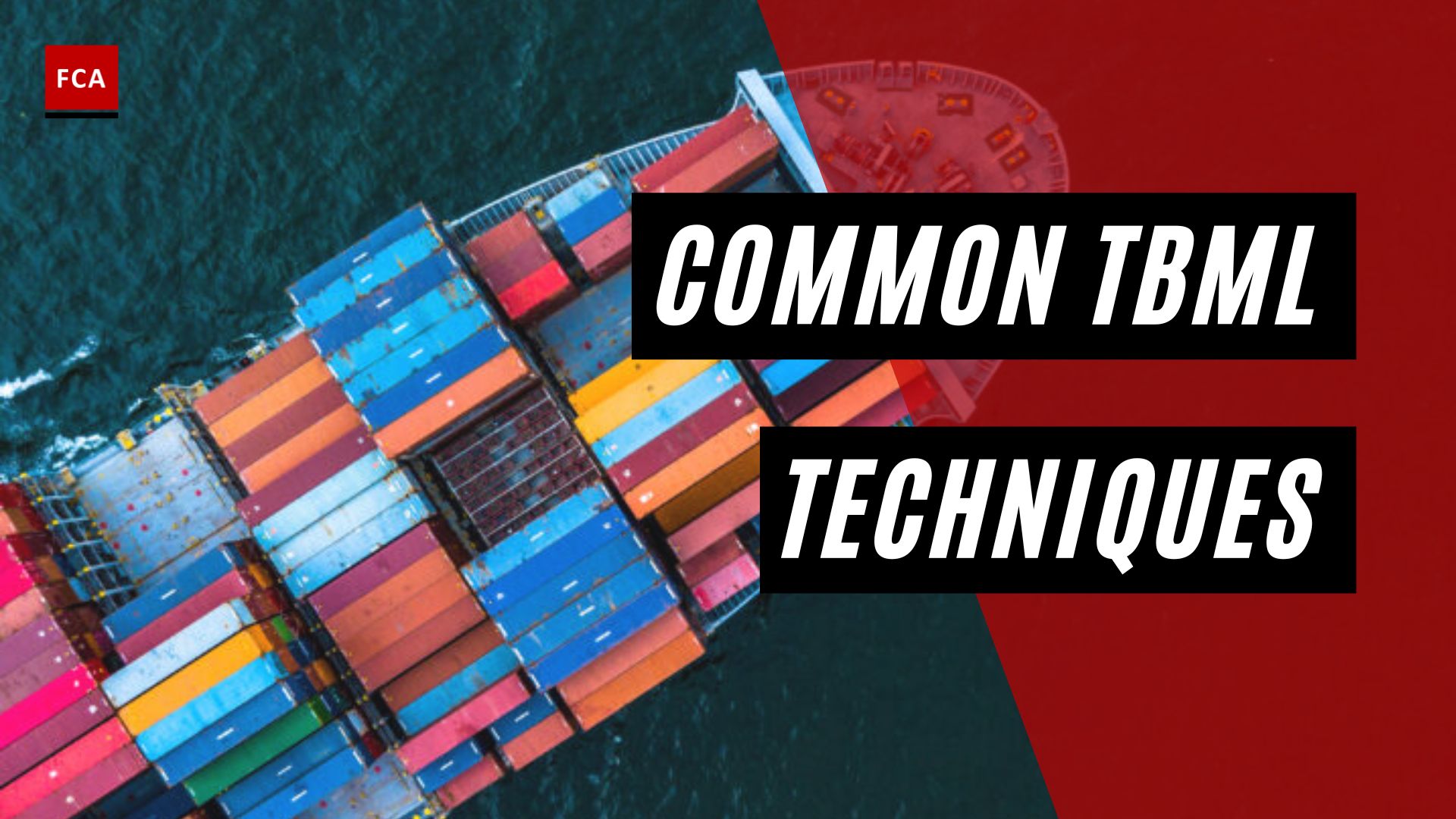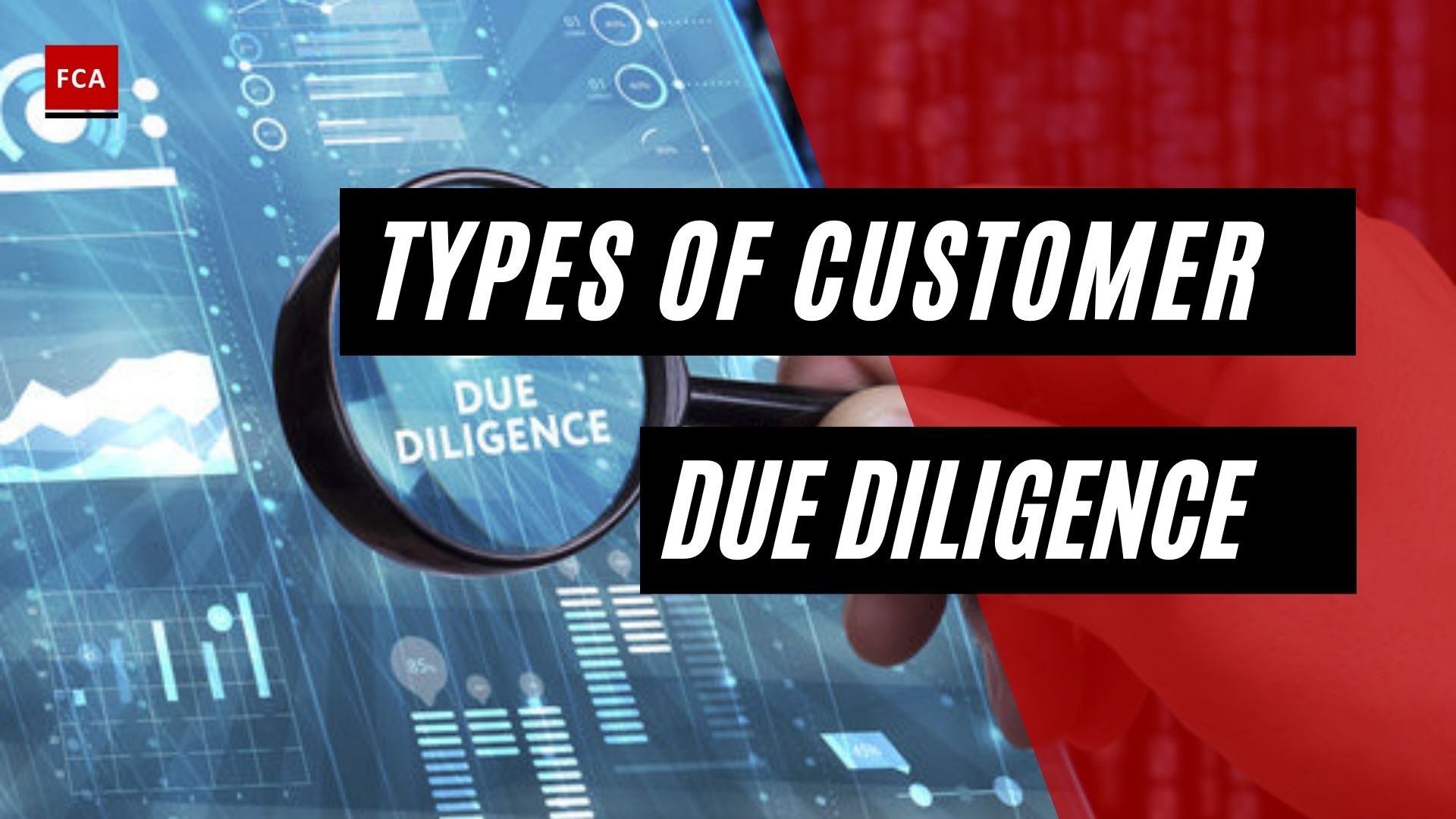Understanding KYC Regulations
To combat money laundering, terrorist financing, and other financial crimes, businesses are required to adhere to Know Your Customer (KYC) regulations. KYC regulations refer to the set of regulatory guidelines that ensure financial institutions verify the identity, suitability, and risks associated with maintaining a business relationship with a client (Investopedia). By implementing KYC processes, companies can contribute to a safer and more secure financial ecosystem.
Introduction to KYC
KYC regulations require financial institutions to obtain information about the identity and address of their clients. This involves verifying the client’s identity, address, and the nature of their business activities (Investopedia). The primary goal is to ensure that financial institutions have a comprehensive understanding of their customers and can assess the risks associated with maintaining a business relationship with them.
The process of KYC typically includes gathering various documents and information from clients, such as identification documents, proof of address, and details about the nature of their business activities. Financial institutions are responsible for verifying the authenticity of these documents and assessing their credibility. This process serves as the foundation for establishing a strong customer identification program (customer identification program).
Importance of KYC Compliance
KYC compliance is of utmost importance in the financial industry. By verifying customer identities and assessing the risks associated with them, financial institutions can prevent money laundering, terrorism financing, and fraud. Compliance with KYC regulations helps ensure the integrity of the financial system and protects institutions and their customers from potential criminal activities.
Non-compliance with KYC regulations can have severe consequences for financial institutions. Penalties and fines may be imposed, often resulting in significant financial losses (Plaid). Additionally, non-compliance can lead to reputational damage, loss of customer trust, and legal implications. To avoid these consequences, financial institutions must prioritize KYC compliance and develop robust processes for customer identification and verification, risk assessment and due diligence, as well as ongoing monitoring and reporting (Plaid).
By understanding the fundamentals of KYC regulations and the significance of compliance, financial institutions can implement effective procedures to ensure the integrity and security of their operations. In the following sections, we will explore the key components of KYC, the specific requirements for different sectors, and the evolving nature of KYC compliance.
Key Components of KYC
To effectively implement and comply with Know Your Customer (KYC) regulations, it’s important to understand the key components involved. These components ensure that financial institutions and other regulated entities have a comprehensive understanding of their customers, mitigate risk, and prevent illicit activities such as money laundering. The key components of KYC include customer identification and verification, risk assessment and due diligence, and ongoing monitoring and reporting.
Customer Identification and Verification
Customer identification and verification is a fundamental aspect of KYC compliance. Financial institutions are required to establish the identity of their customers and verify the accuracy of the information provided. This process involves collecting relevant documents and information from customers to prove their identity, address, and the nature of their business activities.
The KYC process typically includes verifying government-issued identification documents, such as passports or driver’s licenses, along with additional supporting documents that establish proof of address. This verification process helps ensure that the institution is dealing with legitimate customers and helps prevent identity theft and fraud.
To streamline the customer identification and verification process, many institutions have implemented digital identity verification solutions. These solutions leverage advanced technology, such as biometric identity verification and electronic identity verification, to securely and efficiently validate customer identities.
Risk Assessment and Due Diligence
Risk assessment and due diligence are vital components of KYC compliance that help institutions evaluate the risk associated with their customers. The risk-based approach allows institutions to tailor their KYC processes based on the level of risk posed by each customer.
During the risk assessment phase, institutions analyze various factors, such as customer profile, transaction patterns, and geographic location, to determine the risk level. High-risk customers, such as politically exposed persons (PEPs) or those from high-risk jurisdictions, require enhanced due diligence (EDD) measures to be implemented. This involves conducting more in-depth investigations and obtaining additional information about the customer.
To facilitate risk assessment and due diligence, institutions utilize AML compliance solutions that employ advanced technologies, including artificial intelligence and machine learning. These solutions help identify and flag suspicious or abnormal activities, ensuring that institutions can conduct thorough due diligence on high-risk customers.
Ongoing Monitoring and Reporting
KYC compliance is an ongoing process, and financial institutions are required to monitor their customers continuously. Ongoing monitoring involves periodically reviewing customer information, transactions, and risk factors to detect any changes or suspicious activities.
By monitoring customer transactions, financial institutions can identify patterns or behaviors that deviate from the norm, potentially indicating money laundering or other illicit activities. Prompt detection of suspicious activities enables institutions to take appropriate action, such as filing suspicious activity reports (SARs) with regulatory authorities.
Additionally, institutions must maintain proper records and documentation to demonstrate their compliance with KYC regulations. These records include customer identification documents, risk assessment reports, and transaction monitoring reports. By maintaining detailed and accurate records, institutions can demonstrate their commitment to regulatory compliance and facilitate audits or examinations.
In summary, the key components of KYC – customer identification and verification, risk assessment and due diligence, and ongoing monitoring and reporting – are essential in ensuring compliance with regulations and preventing financial crimes. By implementing robust KYC processes and leveraging technology solutions, institutions can mitigate risks and maintain the integrity of their operations while protecting themselves and the financial system from illicit activities.
KYC Regulations in the Financial Industry
KYC regulations play a critical role in the financial industry, helping to prevent money laundering, terrorism financing, and fraud. Financial institutions, including banks, fintech companies, and insurance providers, are required to comply with these regulations to ensure the integrity of their operations and protect against financial crime.
KYC Requirements for Banks
Banks are subject to stringent KYC requirements to maintain transparency, accountability, and trust within the financial system. These requirements involve the identification and verification of customers’ identities, understanding their financial dealings, and assessing the associated risks.
To comply with KYC regulations, banks must establish a robust customer identification program to verify the identity of their customers. This program typically includes the collection and verification of customer information, such as name, address, date of birth, and identification documents. Banks also need to conduct customer due diligence to assess the risk profile of each customer and ensure they understand the nature of their business relationship.
Furthermore, banks are required to implement AML transaction monitoring systems to detect and report any suspicious transactions that may indicate money laundering or other illicit activities. Ongoing monitoring of customer accounts is crucial to identify and mitigate potential risks.
KYC in Fintech and Insurance
Fintech companies, which offer innovative financial services and products, and insurance providers are also subject to KYC regulations to combat financial crime. Fintech companies must establish robust KYC processes to verify the identities of their customers, assess their risk profiles, and ensure compliance with AML laws and regulations.
Similarly, insurance providers need to implement KYC procedures to verify the identity of policyholders and beneficiaries, assess the risks associated with insurance policies, and prevent fraud.
In both fintech and insurance industries, digital identity verification solutions play a vital role in streamlining the KYC process. These solutions leverage technologies such as biometric identity verification, electronic identity verification, and advanced data analytics to enhance the efficiency and accuracy of customer onboarding and KYC procedures.
KYC in Other Financial Institutions
Beyond banks, fintech companies, and insurance providers, other financial institutions, such as investment firms, brokerage houses, and money service businesses, also have to adhere to KYC regulations. These institutions must establish robust KYC processes to ensure the identification and verification of their customers, assess the risk associated with their business relationships, and monitor transactions for suspicious activities.
The specific KYC requirements may vary across different financial institutions, depending on the nature of their operations and the applicable regulations. However, the underlying objective remains the same – to prevent money laundering, terrorism financing, and fraud by having accurate information about customer identities and risk profiles.
By complying with KYC regulations, financial institutions can mitigate the risk of penalties, fines, legal implications, and reputational damage. Implementing effective KYC processes, leveraging technology solutions, adopting a risk-based approach, and prioritizing customer onboarding and KYC procedures are essential steps for ensuring compliance and maintaining the integrity of the financial industry.
Consequences of Non-Compliance
Failure to comply with Know Your Customer (KYC) regulations can have significant consequences for businesses operating in regulated industries. Non-compliance can lead to penalties and fines, reputational damage, and legal implications. It is crucial for organizations to prioritize KYC compliance to mitigate these risks.
Penalties and Fines
Regulators impose penalties and fines on companies that fail to adhere to KYC regulations. The specific amount of the penalties may vary depending on the jurisdiction and the severity of the non-compliance. For example, in Canada, the Financial Transactions and Reports Analysis Centre (FINTRAC) has the authority to issue administrative monetary penalties (AMPs) to reporting entities that do not comply with the Proceeds of Crime (Money Laundering) and Terrorist Financing Act (FINTRAC). These penalties can range from thousands to millions of dollars, depending on the nature and extent of the non-compliance.
Reputational Damage
Non-compliance with KYC regulations can result in severe reputational damage for businesses. Failing to implement effective KYC procedures and being associated with money laundering or other illicit activities can erode customer trust and confidence in the organization. Negative media coverage and public perception can lead to a loss of customers and business opportunities. Rebuilding a damaged reputation can be a challenging and time-consuming process.
Legal Implications
Non-compliance with KYC regulations may also have legal implications for businesses. Regulators and authorities can take legal action against companies that fail to meet their KYC obligations. Criminal charges or further legal consequences may result from non-compliance with anti-money laundering (AML) laws and regulations. It is crucial for organizations to understand and adhere to the legal requirements related to KYC to avoid legal repercussions.
To avoid these consequences, financial institutions and other regulated entities must establish robust KYC programs that include customer identification and verification, risk assessment and due diligence processes, and ongoing monitoring and reporting mechanisms. Implementing technology solutions for KYC, such as digital identity verification and biometric identity verification, can enhance efficiency and accuracy in the KYC process. Additionally, organizations should stay updated on regulatory changes and advancements in KYC technology to ensure ongoing compliance.
By prioritizing KYC compliance, organizations can protect themselves from penalties, reputational damage, and legal implications. Adhering to KYC regulations not only safeguards businesses but also contributes to the overall integrity and stability of the financial system.
Implementing Effective KYC Processes
To ensure compliance with know your customer (KYC) regulations, financial institutions and other organizations need to implement effective KYC processes. This section explores some key aspects of implementing these processes, including technology solutions for KYC, a risk-based approach, and customer onboarding.
Technology Solutions for KYC
Advances in technology, such as artificial intelligence and machine learning, have revolutionized the way KYC processes are conducted. These technological solutions have enabled financial institutions to streamline their KYC procedures, enhance customer onboarding experiences, and improve the efficiency and accuracy of customer identification and verification (GitHub).
Some of the technology solutions used for KYC include:
-
Digital identity verification: Digital identity verification solutions leverage various data sources and advanced algorithms to verify customer identities remotely and in real-time. These solutions help organizations reduce the reliance on physical documents and streamline the onboarding process. They may also incorporate biometric identity verification for enhanced security and accuracy.
-
AML transaction monitoring: KYC processes are often integrated with anti-money laundering (AML) transaction monitoring systems. These systems use sophisticated algorithms to detect and flag suspicious transactions or activities that may indicate potential money laundering or other financial crimes. By combining KYC data with transaction monitoring, organizations can better assess and manage risks associated with their customers (aml transaction monitoring).
-
KYC-as-a-service: Some organizations opt to outsource their KYC processes to third-party providers who offer KYC-as-a-service. These providers specialize in conducting thorough customer due diligence, verification, and ongoing monitoring. By leveraging the expertise and technology of these providers, organizations can ensure compliance while reducing the administrative burden and costs associated with maintaining an in-house KYC team (aml compliance solutions).
Risk-Based Approach
Implementing a risk-based approach is crucial for effective KYC processes. This approach involves assessing the risk associated with each customer and tailoring the level of due diligence accordingly. By focusing resources on higher-risk customers, organizations can allocate their efforts more efficiently and effectively.
The risk assessment process involves considering various factors, such as the customer’s industry, geographical location, transaction patterns, and source of funds. This evaluation helps determine the level of scrutiny required for customer identification and verification.
Organizations should establish clear policies and procedures for risk assessment and due diligence, ensuring that they are consistently applied across all customer interactions. Regular reviews and updates of risk profiles are essential to adapt to changing circumstances and new risks that may emerge.
Customer Onboarding and KYC
The customer onboarding process plays a vital role in effective KYC implementation. It is during this stage that organizations collect and verify customer information, ensuring compliance with KYC regulations.
To ensure a smooth and efficient onboarding process, organizations should:
- Clearly communicate the KYC requirements to customers, explaining the purpose and importance of the information being collected.
- Utilize technology solutions, such as digital identity verification, to streamline the collection and verification of customer data.
- Implement robust KYC documentation requirements, specifying the types of identification documents and supporting evidence that are acceptable.
- Establish clear procedures for handling exceptions and complex cases that may require additional scrutiny or documentation (customer onboarding process).
By integrating KYC processes into the customer onboarding journey, organizations can strike a balance between regulatory compliance and providing a positive customer experience. This approach helps build trust with customers while mitigating the risk of financial crimes.
Implementing effective KYC processes requires a combination of technology solutions, risk-based approaches, and seamless customer onboarding. By leveraging advancements in technology and adopting a risk-based mindset, organizations can ensure compliance with KYC regulations while efficiently managing customer relationships.
KYC in Different Sectors
Know Your Customer (KYC) regulations are not confined to the financial industry alone. They extend to various sectors where money laundering and illicit activities could potentially take place. In this section, we will explore KYC requirements in the art and antiquities sector, real estate industry, and online gambling.
KYC in Art and Antiquities
The art and antiquities sector has increasingly come under scrutiny in relation to money laundering and illicit activities. As a result, art dealers are now expected to perform KYC/AML checks on their buyers to confirm their identity and ensure they are not on watchlists, sanctions lists, or subject to serious criminal charges. This KYC requirement spans across the entire art and antiquities sector (LinkedIn).
By conducting thorough KYC checks, art dealers can contribute to the overall efforts in combating money laundering and the illicit trade of cultural heritage. It also helps to maintain the integrity of the art market and ensure that transactions are conducted in a transparent and legitimate manner.
KYC in Real Estate
The real estate industry is another sector subject to KYC and AML laws. Property purchases have been a target for criminals attempting to launder money, as seen in cases where sanctioned entities gain access to lucrative property markets, such as in London where certain individuals have been buying up properties (LinkedIn).
To prevent illicit activities and money laundering through real estate transactions, KYC procedures are implemented. These procedures require verification of the identities of buyers and sellers, as well as the source of funds used in the purchase. By implementing robust KYC measures, the real estate industry can contribute to the prevention of money laundering and maintain the integrity of property markets.
KYC in Online Gambling
The online gambling industry is subject to some of the strictest KYC and AML rules, as it plays a vital role in the fight against money laundering. Criminals often exploit online gambling platforms as a means to launder money, especially with the introduction of cryptocurrencies, which provide an outlet that is not easily tracked.
In regulated gambling jurisdictions, such as the United Kingdom overseen by the UK Gambling Commission, new players joining a regulated gambling site are required to provide full and correct details, which are cross-checked against existing credit reports. If discrepancies are found, players must submit proof of identification, proof of address, and a valid payment method, even when playing free slots.
KYC laws in the online gambling sector not only help determine the legal gambling age of players but also assist in preventing access to those who are underage. Additionally, operators are required to monitor and identify signs of irresponsible gambling, ensuring compliance with regulations and promoting a safe gambling environment (LinkedIn).
By implementing KYC measures in different sectors, including art and antiquities, real estate, and online gambling, regulatory bodies and industry players aim to mitigate the risks associated with money laundering, terrorist financing, and other illicit activities. These KYC requirements contribute to the overall efforts in maintaining the integrity of these industries and safeguarding against financial crime.
Evolution of KYC Compliance
As the fight against money laundering and financial crimes intensified, the need for robust KYC regulations became increasingly apparent. Over the years, KYC compliance has evolved significantly to keep pace with the changing landscape of financial transactions and the advancements in technology. This section explores the historical overview of KYC regulations, recent updates and changes, and the advances in KYC technology.
Historical Overview of KYC Regulations
The history of KYC regulations can be traced back to the 1970 US Bank Secrecy Act (BSA), which marked one of the earliest major pieces of AML legislation. The BSA obligated US financial institutions to assist in detecting and preventing money laundering, initiating a high-stakes chess game against organized crime (Adata.pro).
In subsequent years, several key regulations were introduced to strengthen KYC compliance. The Money Laundering Control Act of 1986 made money laundering a federal crime and called for enhanced due diligence measures by financial institutions to detect tax evasion, fraud, and money laundering. In the 1990s, the US introduced the Money Laundering Suppression Act (1994) and the Money Laundering and Financial Crimes Strategy Act (1998), which further bolstered measures against money laundering. Additionally, the European Union (EU) adopted its first anti-money laundering directive in 1990, focusing primarily on the banking industry and customer due diligence requirements.
Recent Updates and Changes
In recent years, KYC regulations have undergone significant updates and changes to address emerging risks associated with technological advancements and new forms of financial transactions. For example, in 2020/2021, the EU introduced the 6th AML directive, the UK implemented the Money Laundering and Terrorist Financing (Amendment) Regulations, and the US passed the Anti-Money Laundering Act (AMLA). These updates focused on addressing risks posed by technologies like cryptocurrency, international transfers, and shell companies (Adata.pro).
New regulations, such as the FinCEN CDD Rule and the 5th Anti-Money Laundering Directive (5AMLD), have also prioritized the identification and verification of beneficial ownership. The aim is to enhance transparency and minimize the need for extensive document collection by leveraging better data sources and technologies like digital identity verification. These updates reflect the continuous efforts to strengthen KYC compliance and improve the effectiveness of anti-money laundering measures (KYCKR).
Advances in KYC Technology
Advancements in technology have played a pivotal role in shaping the evolution of KYC compliance. The emergence of artificial intelligence (AI), big data analytics, and other innovative solutions has revolutionized the KYC landscape. These technologies have enabled the development of AML compliance solutions, which combine AI and machine learning capabilities with robust processes and system resources.
AI-powered KYC solutions have significantly enhanced efficiency and accuracy in customer identification and verification processes. They can analyze vast amounts of data, including public records and watchlists, to flag potential risks and anomalies swiftly. Additionally, the use of biometric identity verification and electronic identity verification has streamlined the customer onboarding process, providing a seamless and secure experience for both financial institutions and customers.
The ownership of KYC compliance has also evolved, with a growing emphasis on internal support and alignment with anti-money laundering and financial sanctions compliance measures. This shift has resulted in the integration of KYC compliance efforts into the overall risk management framework of organizations, recognizing its critical role in combating financial crime.
By embracing advances in technology and adopting a risk-based approach, organizations can effectively navigate the evolving landscape of KYC compliance. The continuous evolution of KYC regulations and the integration of innovative solutions are fundamental in combating money laundering, protecting businesses from reputational damage, and maintaining the integrity of the global financial system.








